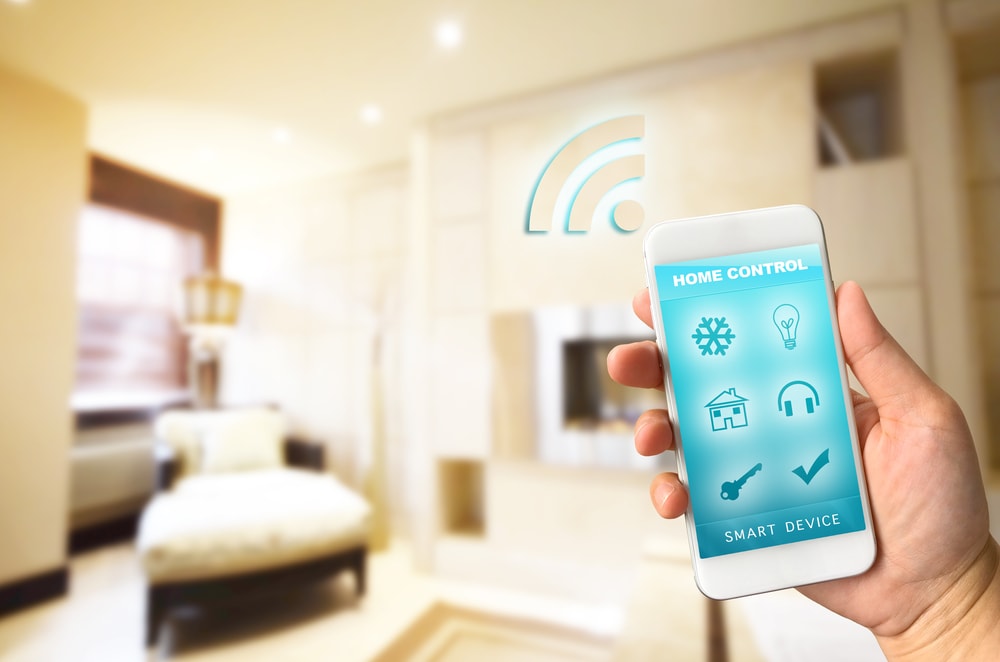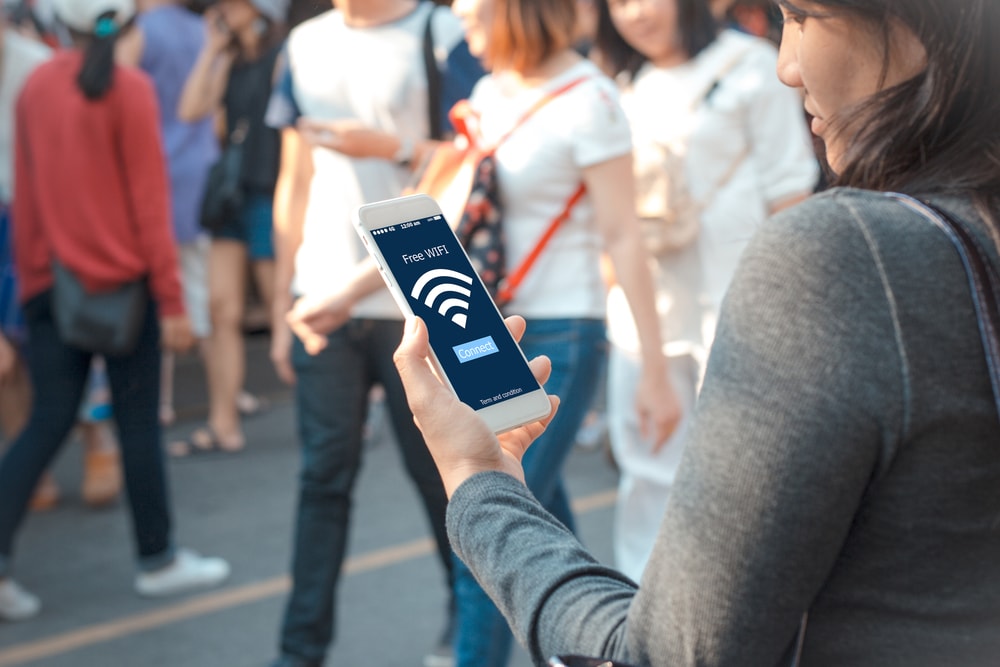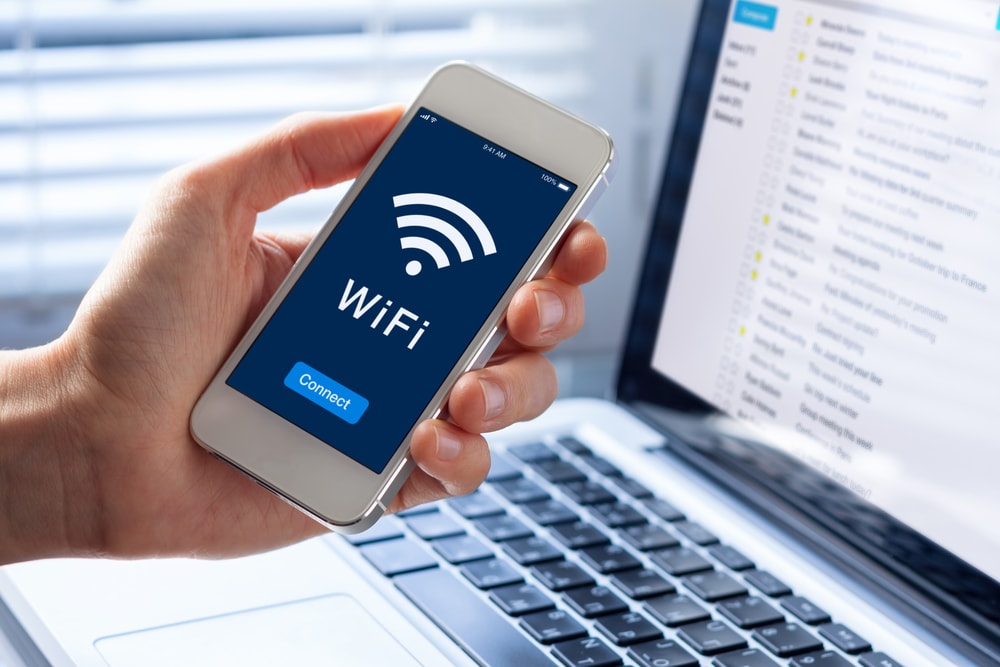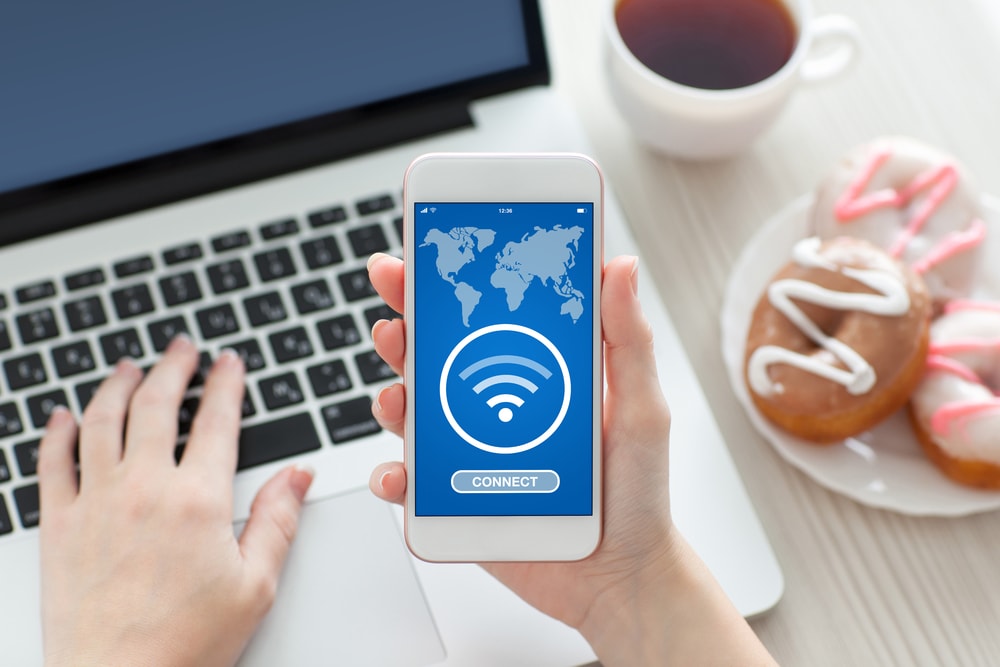Wi-Fi is one entry point hacker that can be utilized to enter your network without setting foot inside your building because wireless is much more open to snoops than wired networks.
But Wi-Fi security has much more to offer than just a simple password. Investing time to learn and apply improved safety measures can go a long way toward better network protection.
Here are some tips to save your Wi-Fi network.
Use an unobtrusive network name( SSID)
One of the necessary Wi-Fi network settings is the service set identifier (SSID). Although it doesn’t seem that the name of the network could compromise security, it can. Using an SSID that is too common, such as “wireless “or the default vendor name, can make it easier for someone to break the personal WPA or WPA2 security mode.
This is because the encryption algorithm includes the SSID, and hacker-used password cracking dictionaries are preloaded with common and default SSID. Using one of these does the job of the hacker easier.
Related: Try this Best WiFi Names Generator to get some cool and funny wifi names for your wifi network
Although it may make sense to name the SSID something that can easily be identified, such as company name, address or suite number, this may not be the best idea. This is particularly true when the network is in a common building or close to other buildings or networks.
If hackers drive through a blocked area and see a number of different Wi-Fi networks pop up, they are likely to target the easiest one to identify, which can help them understand what they can gain from hacking. You could also choose one in a congested area that is easier to find.
SSID broadcasting can be switched off, essentially making your network name invisible, but I do not suggest it. Forcing users to enter the SSID manually and the negative effects of the probe requests on the Wi-Fi usually outweigh the safety benefit. And somebody with the proper tools can still obtain the SSID from other traffic on the network.
Here are some Funny WiFi Names for your network don’t forget to check them out.
Always Remember physical security

Wireless security — or all IT security— is not all about sophisticated technologies and protocols. You can have the strong possible encryption and still be vulnerable. One of these vulnerabilities is physical security. Locking your cables is not enough, either.
Most APs have a reset button that can be pressed to restore default factory settings, remove Wi-Fi security and allow anyone to connect.
In order to prevent tampering, the APs distributed throughout your facility must also be physically safe. Always ensure that they are out of reach and consider using any locking mechanisms suggested by the AP vendor to really restrict access to the AP buttons and ports.
Another physical protection concern with Wi-Fi is when someone attaches an unauthorized AP to the network, usually referred to as a “rogue AP. “
This can be done for legitimate reasons by an employee who wants to add extra Wi-Fi coverage or for unintended objects by an employee or even an outsider who has access to the facility To prevent these types of rogue APs, ensure that unused ethernet ports are disabled (such as wall ports or loose ethernet runs).
You can physically delete ports or cables or deactivate the connectivity of the outlet or cable on the router or switch.
Use Rogue-AP Detection or Wireless Intrusion Prevention

We have already touched on three vulnerable access point scenarios: one in which an intruder could set up a bogus Wi-Fi network and RADIUS server, another in which somebody could reset an AP to factory defaults, and a third in which someone could plug in their own AP.
Each of these non-authorized APs could be detected for a long period of time by IT staff if proper protection is not provided. It is, therefore, a good idea to allow any type of rogue detection that your AP or wireless controller vendor offers.
The exact method and functionality of detection vary, but most airwaves are scanned at least periodically and alerted if a new AP is detected within the authorized AP range.
Upgrade your Router’s Firmware
You should occasionally check the manufacturer’s site to ensure that your router runs the latest firmware. The current firmware version of your router can be found with the dashboard of the router at 192.168.*.
Who Joined your Wireless Network

If you are concerned that a stranger can connect to the Internet via your wireless network, try AirSnare–it’s a free service that will seek for unexpected MAC addresses on your wireless network and for DHCP applications.
Another option is to open the administration page of your router (with the 192.168.* address) and search for the DHCP Clients Table (it is under Status > Local Linksys routers network). A list of all computers and wireless devices connected to your home network can be found here.



